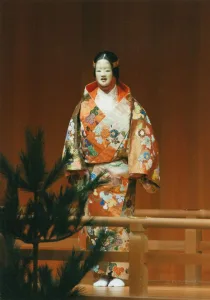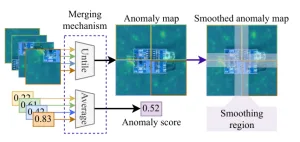A Recommendation for Noh – The Common Ground Between Traditional Performing Arts and AI Anomaly Detection
My interest in Noh began when I was a child. I once saw a woman performing on a Noh stage, dressed in a hakama, and I thought, “How cool!” That impression stayed with me for a while, though I didn’t fully understand what I had witnessed until later. I eventually learned that what I saw was a part of Noh known as shimai—a solo dance performance.

Source:https://daimatsu.hp.gogo.jp/pc/free3.html
Noh is not something we come across often in daily life. However, one day I learned that a relative of my boss was studying Noh, and through that connection, I had the opportunity to take lessons from a professional Noh actor. Even though I learned the movements and tried to imitate my teacher, it was hard to grasp the depth and beauty of it all.
So, I decided to attend performances at the Noh theater and observe various plays, hoping to discover “what makes the difference.” Interestingly, even the same play can leave different impressions depending on the performer. I also attended student recitals, and sometimes I was so captivated by the performance that I had to double-check whether it was really a student—not a master. And yet, while watching a full performance, I would occasionally feel a slight sense of “something being off.” It's extremely difficult to put that feeling into words.
This experience of sensing “something is off” is very similar to the mechanism behind our anomaly detection AI. When you watch professional Noh performances repeatedly and are moved by their elegance, you naturally begin to internalize what makes a “good performance.” Then, when you perform it yourself, you instinctively feel, “Something’s not right.” That sense is, in essence, the foundation of anomaly detection.
Our anomaly detection AI works in a similar way. By learning from data consisting only of good (non-defective) products, the AI identifies the characteristics of a “normal state.” When it encounters something that deviates from that, it flags it as abnormal. Humans, too, learn through repeated observation and develop an unconscious awareness of what “looks right.” Anything outside that norm is perceived as strange or out of place. In the same way, AI quantifies and extracts that sense of discrepancy.


